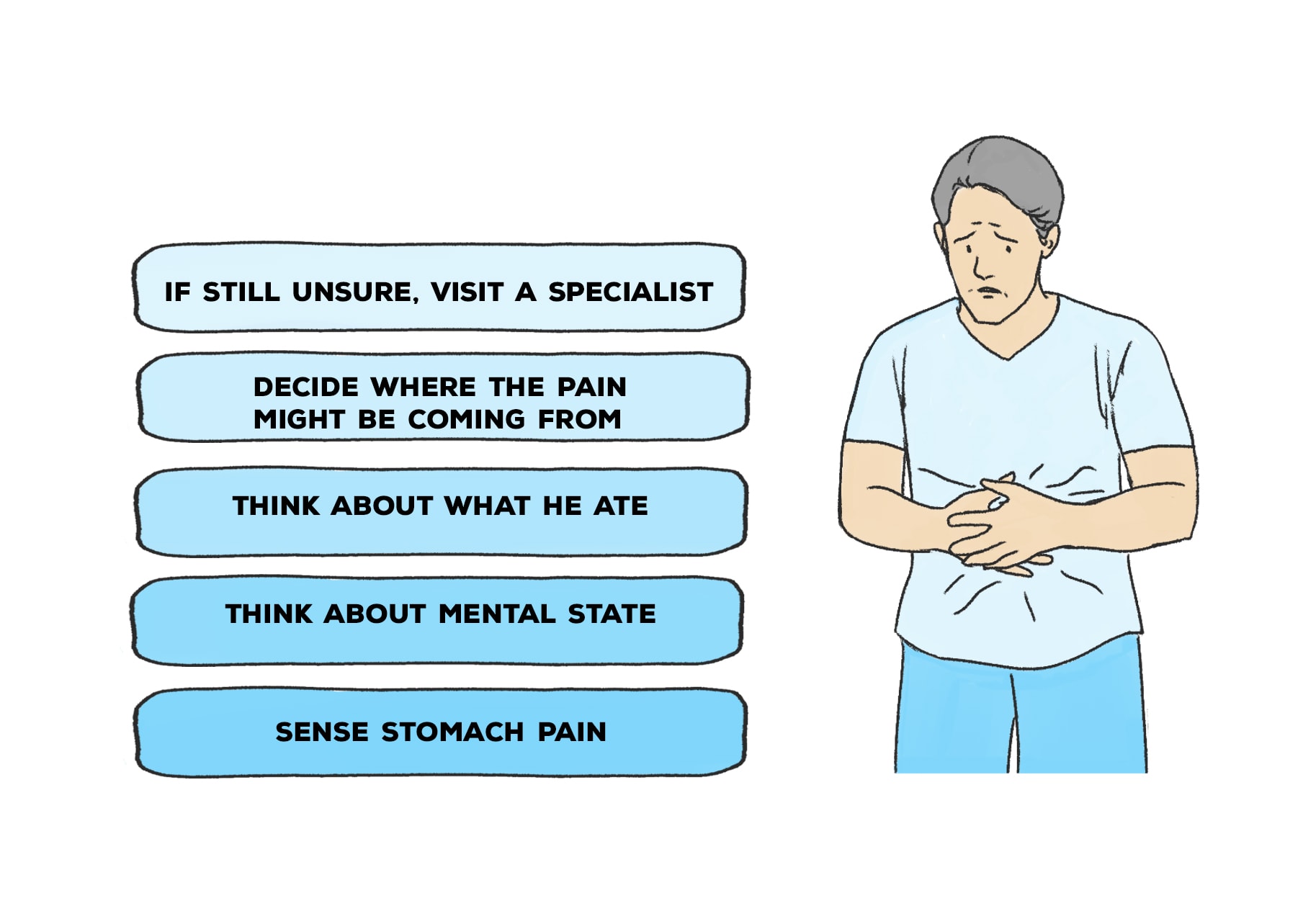Bottom-up Processing is a type of processing information that begins with the smallest of details and then builds up to more complicated concepts. This is different from top-down processing that is where we initially get an overall view of a scene and then look for specific evidence in support of this initial hypothesis. For instance, someone who is observing an urban street might first make an impression of the street is bustling noisy, chaotic, and loud. They may be looking for evidence to back this notion for example, people pushing across the street or hearing traffic sounds emanating from nearby vehicles.

Bottom-up processing is more driven by data, analytical and is extensively researched in connection with cognitive tasks such as memory and perception. However, it also has the potential to play an important role in other areas of our lives, like creativity or decision-making such as art or design. When used strategically and appropriately in the right way, bottom-up processing can lead to better solution-finding and more insightful insights into complicated situations. Bottom-up processing, despite having an unpopular reputation within academic circles, can be extremely useful to understand the world around us , as well as our inner workings.
The brain’s complex functions are the basis of all our actions and thoughts. The brain’s complex processes play an significant roles in everything, from memory and intelligence to mood and behavior. Bottom-up processing is one the primary processes that affect brain function. It refers to the manner in which information is processed starting at the level of individual neurons, also known as nerve cells, all the way to interconnected neural pathways to eventually impact higher cognitive functions such as awareness and focus. This process has been shown to have significant effects on memory and learning. However, it can also be useful in treating diseases like schizophrenia or Alzheimer’s. Understanding the mechanisms and bottom-up brain processing can help us uncover many of the mysteries that lie beneath the brain’s functioning. This could allow for powerful new tools in neuroscience and healthcare as well as other fields.
Bottom-up processing refers to how our brain processes information. In contrast to top-down processing, which is more focused on incorporating previous knowledge and expectations into the process of learning the bottom-up process relies on the input of fresh and unstructured data. Bottom-up processing can be extremely beneficial for any learner. It is focused on the distinct elements of learning from the basic language and sounds to more advanced concepts and ideas.
Bottom-up processing offers a major benefit: it allows us to take a step back and focus on every part of information we are exposed to. This lets us remain fully engaged in what you discover, and makes it easier to learn, improve and improve our understanding of concepts. In addition, by highlighting how different pieces of information are connected through logical chains , networks or chains, this approach helps us to see how the various pieces can be connected to improve our understanding on an even deeper level. Ultimately, by engaging in bottom-up process, we are able to become better learners and more effective communicators in general.
For more information, click Practicalpie